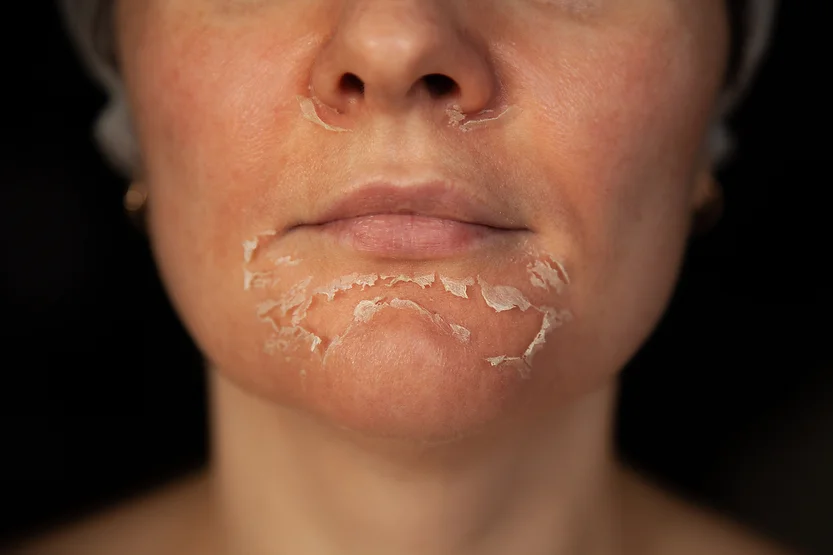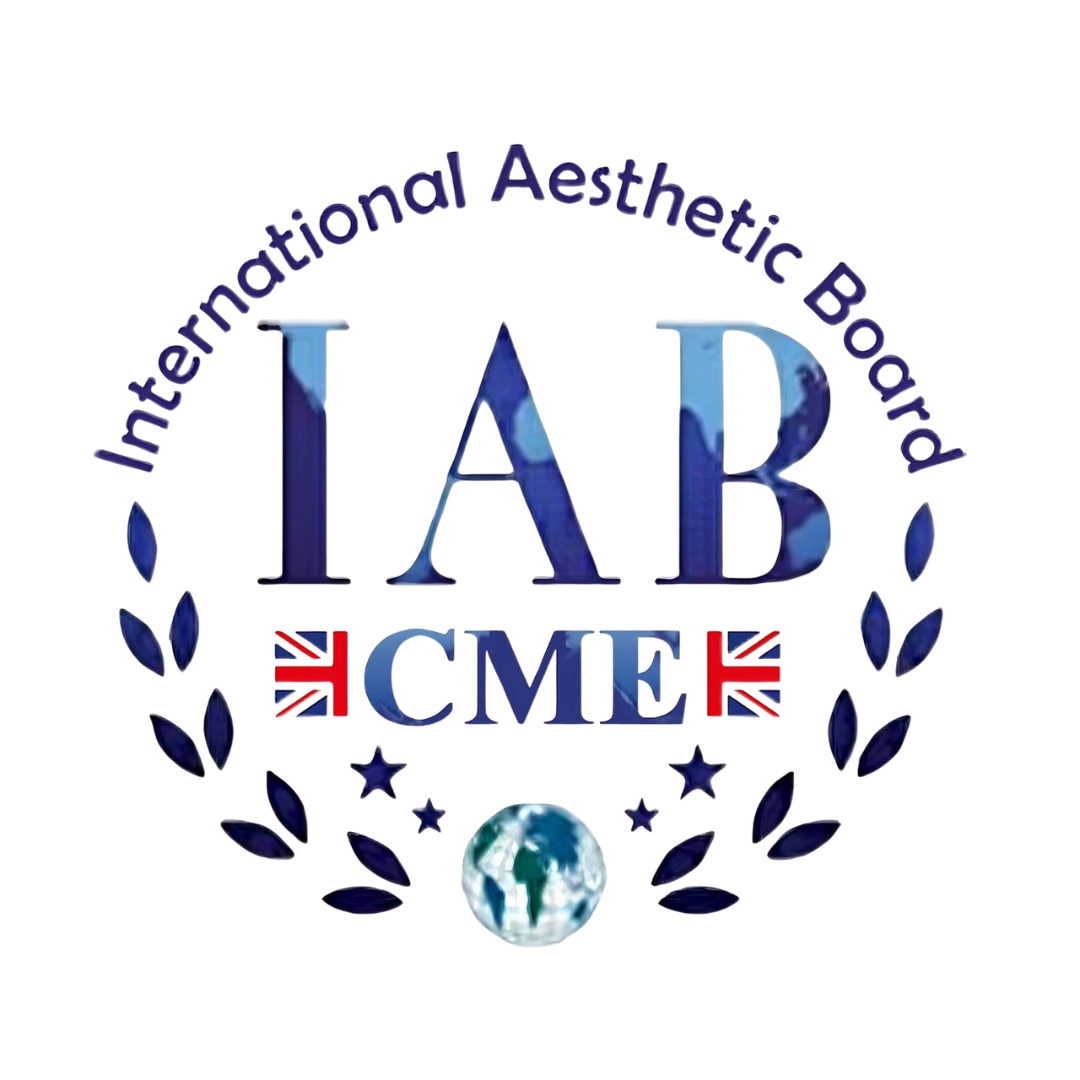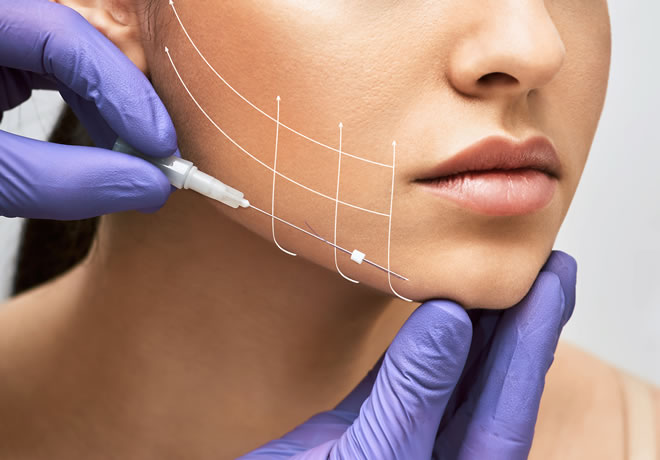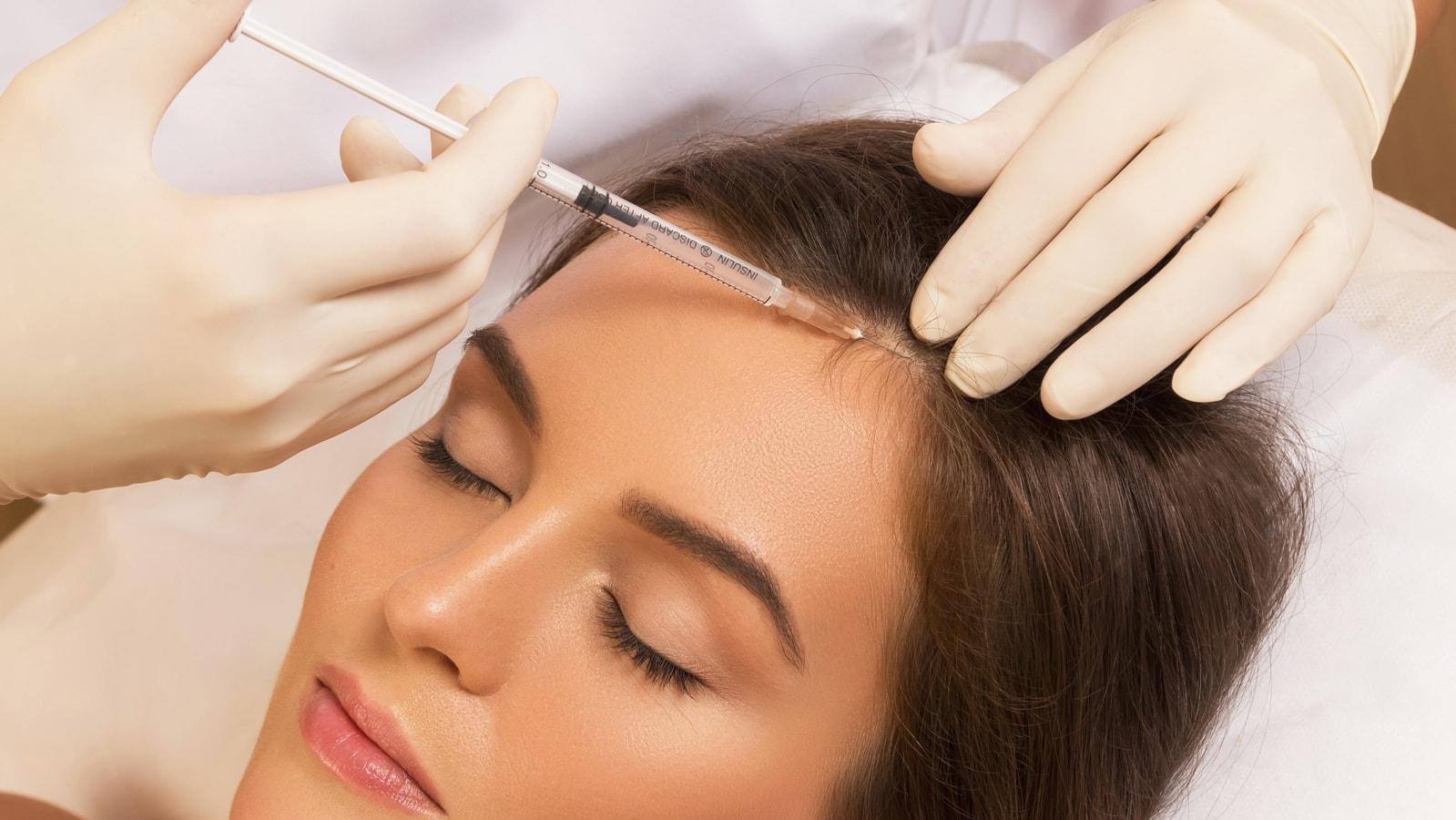Currently Empty: £0.00

mbakr
- November 21, 2025
- Comment 0
ABSTRACT
Chemical peels remain one of the most effective and scientifically validated methods of improving skin texture, tone, pigmentation, acne, and early signs of aging. Their success lies in controlled chemical exfoliation that stimulates epidermal regeneration and dermal remodeling. This educational module provides a comprehensive clinical overview of chemical peels, covering classification by depth, mechanisms of action, patient selection, treatment protocols, layering techniques, safety considerations, and prevention and management of complications. It forms an essential knowledge base for all aesthetic and dermatology practitioners performing skin-resurfacing procedures.
LEARNING OBJECTIVES
After completing this module, learners will be able to:
- Differentiate between superficial, medium, and deep chemical peels.
- Understand the mechanisms of action of major peeling agents.
- Conduct a systematic patient assessment to determine peel suitability.
- Apply correct application techniques and layering methods.
- Recognize contraindications and avoid high-risk scenarios.
- Manage complications including PIH, burns, and delayed healing.
- INTRODUCTION
Chemical peeling is a controlled chemical exfoliation process used to remove damaged skin layers, stimulate new cell growth, and improve skin quality. Chemical peels are valuable tools for:
- Pigmentation disorders
- Acne and acne scars
- Photoaging
- Fine lines and texture
- Keratoses
- Enlarged pores
- Superficial scars
When applied correctly, chemical peels are safe, cost-effective, and deliver consistent clinical results. Practitioners must understand peel depth, chemical behavior, indications, and patient-specific considerations.
- CLASSIFICATION OF CHEMICAL PEELS BY DEPTH
2.1 Superficial Peels
Penetration: Epidermis only (stratum corneum to upper papillary dermis)
Examples:
- Glycolic acid (20–50%)
- Lactic acid
- Mandelic acid
- Salicylic acid (20–30%)
- Jessner’s solution
- Low-strength TCA (10–20%)
Indications:
- Dullness
- Mild pigmentation
- Acne
- Enlarged pores
- Early texture irregularity
Downtime: minimal (1–3 days)
2.2 Medium-Depth Peels
Penetration: Papillary dermis
Examples:
- TCA 30–35%
- Jessner + TCA combination
- Modified phenol peels
Indications:
- Moderate pigmentation
- Solar keratoses
- Fine wrinkles
- Acne scars
Downtime: moderate (5–7 days)
2.3 Deep Peels
Penetration: Reticular dermis
Examples:
- Phenol-based formulations
- High-strength TCA (50%+) — used with caution
Indications:
- Deep wrinkles
- Severe photodamage
- Advanced texture issues
Downtime: significant (10–14 days)
Requires advanced training and high skill for safe use.
- COMMON PEELING AGENTS & MECHANISMS OF ACTION
3.1 Alpha Hydroxy Acids (AHAs)
Ex: Glycolic acid, lactic acid, mandelic acid
Mechanism:
- Break down corneodesmosomes
- Increase cell turnover
- Hydrate superficial layers
Best for:
- Radiance
- Superficial pigmentation
- Photoaging in light skin
3.2 Beta Hydroxy Acids (BHAs)
Ex: Salicylic acid
Mechanism:
- Lipophilic → penetrates pores
- Anti-inflammatory
- Keratolytic
Best for:
- Acne
- Large pores
- Oily skin
3.3 Trichloroacetic Acid (TCA)
Versatile and depth-dependent
Low strength (10–20%) → superficial
Medium (30–35%) → medium-depth



